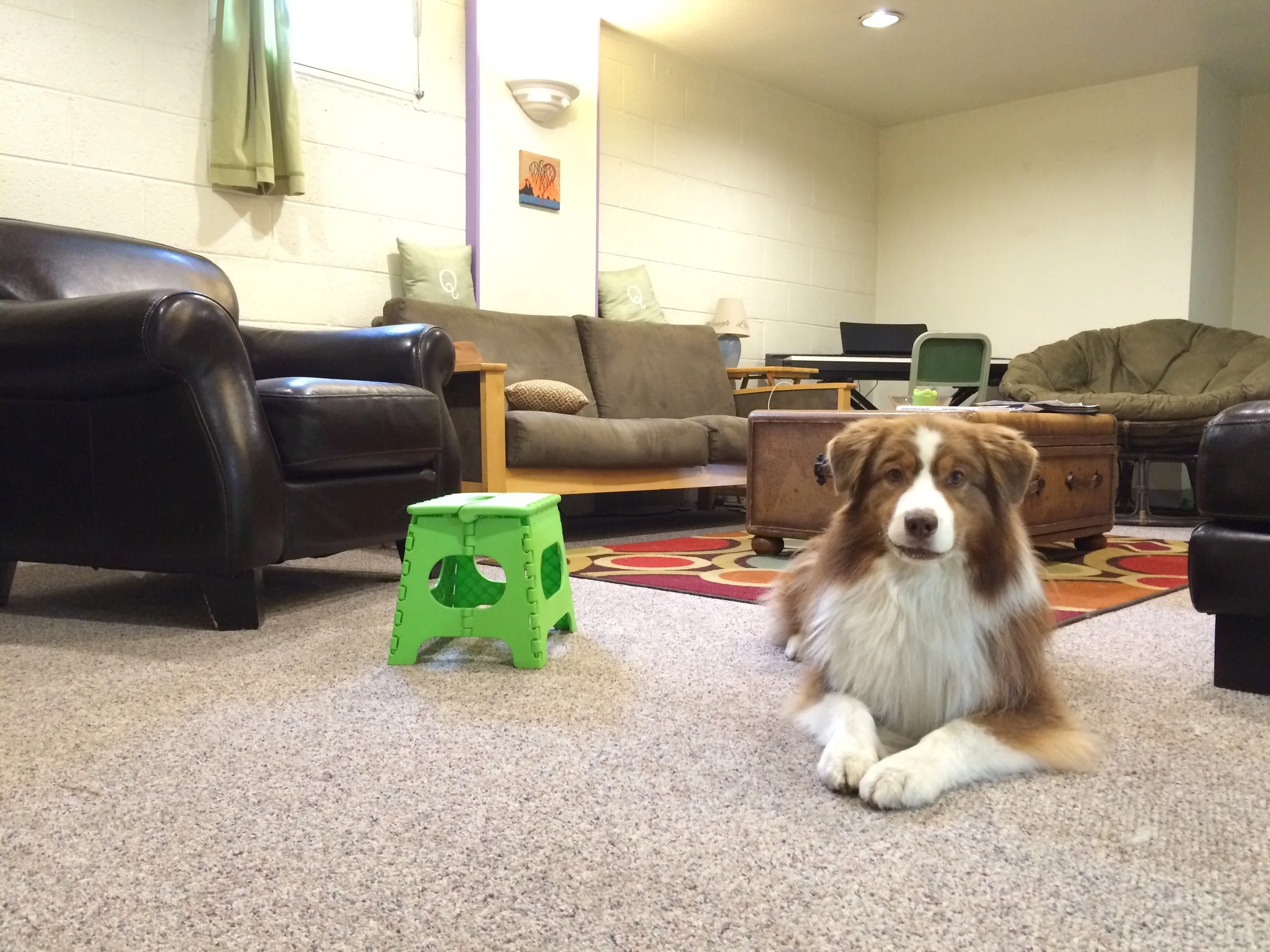Homeopathic remedies can be a great help to your dog in situations where they are anxious or upset. While not a substitute for training or more advanced behavioral help (when warranted), the right remedy can help your dog get through otherwise overwhelming situations.
But which remedy should you choose? That really depends on your dog, the type and severity of the anxiety they are experiencing, and what works best for your routine and budget. The list of homeopathic products on the market is never-ending, and can be understandably overwhelming. To help get you started, here is a list of our go-to recommendations:
- Lavender Essential Oil (or custom calming oil blend)
- Comfort Zone Adaptil (Diffuser, Collar or Spray)
- Composure (Chews or Liquid)
- Licks Dog Zen
- Bach Rescue Remedy
- Calming music & radio
- ThunderShirts (Or makeshift your own snug outfit for your dog)
How to Use Homeopathic Remedies
- Test out your chosen remedy with your dog when he is NOT especially anxious to see how they respond to it. If your remedy makes your dog more nervous or uncomfortable, it's not the best remedy to use!
- Different remedies work best for different dogs. And sometimes using a "cocktail" of remedies could be the best option for your dog. So if you try one without success, a different or additional remedy would still be worth a try.
- Once you have found what works best for your dog, try to administer your remedy 30-60 minutes before the anxiety-causing event (vet visit, car ride, guests arriving, etc.).
- For chronically anxious dogs, a visit with a board-certified veterinary behaviorist might be warranted for more complete anxiety relief.
You can download this blog in a handout form here.

















